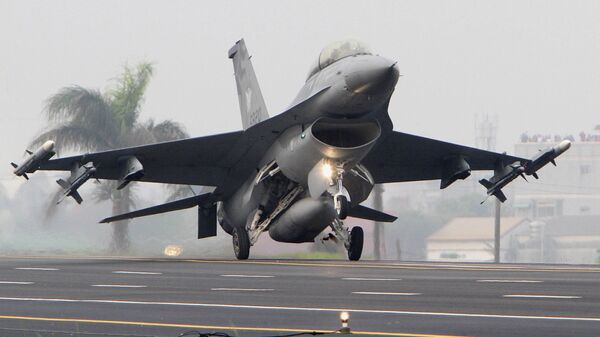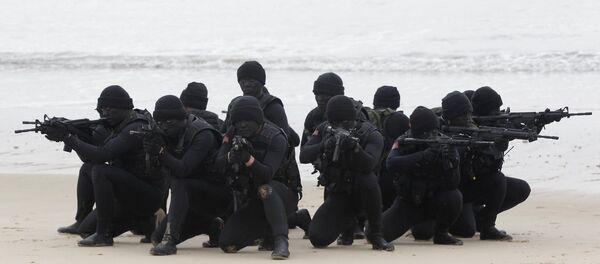Once at full capacity, the new Taichung site will be able to upgrade 24 of the US-built aircraft a year, according to AIDC chairman Anson Liao.
Earlier reports originally had 10 aircraft going for upgrades this year, but software-testing delays in the US reduced that number to four.
According to Defense News, the upgrades for the F-16s include Embedded Inertial Navigation Systems/Global Positioning Systems, Terma ALQ-213(V) Electronic Warfare Management Units, new mission computers and Northrop Grumman AN/APG-83 Active Electronically Scanned Array (AESA) radar, according to the original Defense Security Cooperation Agency Foreign Military Sale (FMS) notification from 2011.
Taipei is also reportedly looking into dual-mode GPS/laser-guided bombs, Raytheon’s AIM-9X Agile air-to-air missile, and new targeting pods. Upgrades were also sought for existing Raytheon AN/ALQ-184 electronic countermeasures (ECM) pods to be integrated with Digital Radio Frequency Memory systems.
Lockheed Martin will serve as lead contractor in the $5.3 billion program, and $3.5 billion has already been set aside by Taipei to cover some of the cost. In 2015 the defense company flew one of Taiwan’s F-16s outfitted with the AN/APG-83 AESA radar.
The new radar will give the fighter jet the ability to spot and engage stealth craft, particularly the Chengdu J-20, used by China’s People’s Liberation Army Air Force (PLAAF).
Though F16 deliveries began in the mid 1990s, Taiwan’s fleet is relatively new. Singapore and South Korea also have fleets receiving upgrades through Lockheed Martin.
Arms sales between Taipei and Washington are considered delicate, as they consistently irritate nearby China, who does not recognize Taiwan as a sovereign nation. Beijing does not approve of Taipei expanding its military capabilities, and successfully prevented the administrations of George W. Bush and Barack Obama from providing the island with new F16s.
Tensions between Beijing and Washington have been simmering since Taiwanese President Tsai Ing-wen spoke on the phone with then-US President-elect Donald Trump, breaking decades of diplomatic protocol.
Tsai’s visit to the US in early January, despite repeated protest from China, only stoked the issue.




